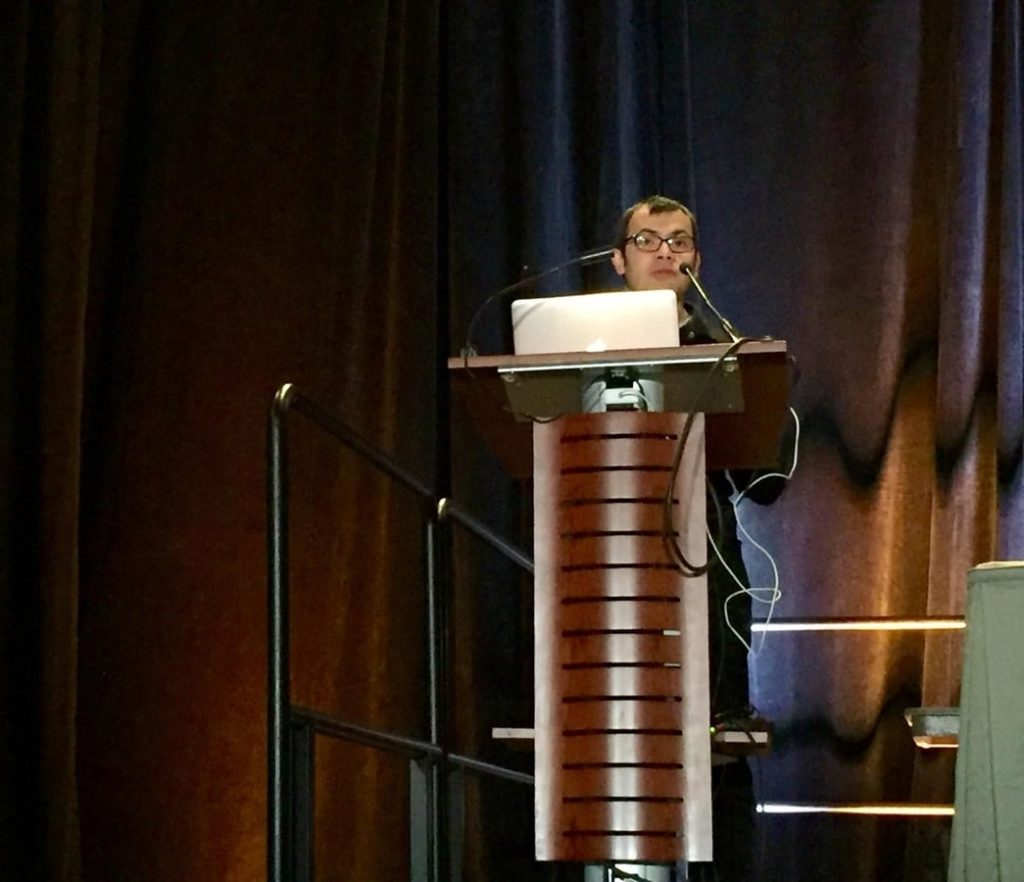editorially independent. We may make money when you click on links
to our partners.
Learn More
Generative AI will bring about change “10 times bigger than the Industrial Revolution, and maybe 10 times faster,” said Demis Hassabis, chief executive officer of Google’s DeepMind, in an interview with The Guardian at DeepMind’s offices in London.
The wide-ranging interview touched on many of the pressing issues surrounding today’s AI boom, including the technology’s environmental impact, workplace disruptions and opportunities, and the pace of innovation in generative AI for both commercial and public purposes.
Scientific labs had capabilities similar to ChatGPT before OpenAI commercialized the chatbot, Hassabis said
A major question of generative AI today is whether it will transform all aspects of life. Generative AI companies have successfully marketed their projects as world-changing — and potentially world-ending — and Hassabis echoed the sentiment.
“I’m a cautious optimist,” Hassabis said. “So overall, if we’re given the time, I believe in human ingenuity. I think we’ll get this right. I think also, humans are infinitely adaptable. I mean, look where we are today. Our brains were evolved for a hunter-gatherer lifestyle and we’re in modern civilisation. The difference here is, it’s going to be 10 times bigger than the Industrial Revolution, and maybe 10 times faster.”
DeepMind focused on scientific progress over commercial hype
DeepMind produced the AlphaFold2 AI project that won the Nobel Prize in Chemistry in 2024. Hassabis, appropriately, diverges from some of today’s generative AI leaders in his focus on scientific impact.
Leading scientific labs had capabilities similar to ChatGPT before the consumer chatbot surged in popularity, Hassabis said, but they held back from releasing the technology due to limitations such as hallucinations.
“I don’t think anyone fully understood, including OpenAI, that there would be these amazing use cases for it, and people would get a lot of value out of them,” he said. “So that’s an interesting lesson for us about how you can be a bit too close to your own technology.”
Instead, Hassabis said, he would have liked to keep AI in the lab stage longer and turn it to applications such as curing cancer.
AI can solve its own energy draw problem
Hassabis’ cautious optimism extends to AI’s significant energy requirements. “There’s lots of ways of fixing” AI’s massive energy draw, he said.
“Yes, the energy required is going to be a lot for AI systems, but the amount we’re going to get back, even just narrowly for climate [solutions] from these models, it’s going to far outweigh the energy costs,” Hassabis said.
He posits an almost religious promise of “radical abundance” brought about by AI, in which “things don’t have to be zero sum.”
Google DeepMind is working on AlphaEarth Foundations, a novel AI model that combines Earth observations to create detailed, customized maps; the project integrates geospatial data for use in ecosystem monitoring, climate tracking, and more. On Aug. 5, Google DeepMind announced Genie 3, a dynamic world model. It may not bring about radical abundance yet, but it shows how generative AI applied to science can unlock new opportunities.
In other news, Microsoft persuaded about two dozen DeepMind employees in late July to join its AI team, which builds consumer products such as Copilot and Bing AI.

